Session Abstracts:
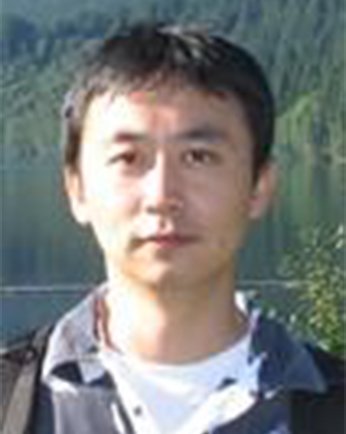
Research Scientist
NOAA Pacific Marine Environmental Lab
Improving hazard assessments across the Pacific Northwest using high-performance simulations of time-dependent 3D earthquakes and tsunamis
Co-Authors: Randall J. LeVeque (University of Washington), Audrey Dunham (USGS), Vasily Titov (NOAA Pacific Marine Environmental Laboratory), Erin Wirth (USGS), and Loyce M. Adams (University of Washington)
Abstract: Strong shaking generated by megathrust earthquakes could last minutes. However, in the Pacific Northwest (PNW) of the U.S., the time-dependent rupture process of the Cascadia Subduction Zone (CSZ) remains unknown due to the lack of instrumental recordings of past events. Paleoseismic evidence indicates that great CSZ earthquakes have an average recurrence interval of ~500 years, rupturing the entire subduction zone with one full-margin event of M~9 or a series of smaller M~8 events. Time-dependent coseismic displacements, which are influenced by the earthquake rupture velocity and direction, are expected to generate dynamic sequences of tsunami waves that may inundate the PNW coastlines within tens of minutes. How the time-dependent earthquake rupture process influences the uncertainties in tsunami hazard estimates versus using static, instantaneous ruptures needs further investigation to better inform and increase resilience of coastal communities. We improve our tsunami simulations by using kinematic seafloor displacement estimates from 3-D simulations of full-margin CSZ earthquakes, developed by the Cascadia Coastlines and Peoples Hub. This allows us to better understand the time-dependent source characteristics and the cascading impacts of earthquake ground shaking and tsunami generation. Employing two tsunami modeling codes, MOST and GeoCLAW, we assess the variation of tsunami impacts offshore, nearshore, and onshore arising from the new 3D earthquake simulations. In addition, we highlight the localized hotspots of tsunami-energy focusing along the PNW coast. The new 3D earthquake simulations reveal large uplift offshore near the deformation front with possibly finer-scale changes in vertical displacement. This results in tsunami waves with shorter wavelengths, which may require tsunami models that include wave dispersion effects. Nonhydrostatic and dispersive models will be used to further explore these new 3D perspectives of CSZ earthquakes.

Postdoctoral Researcher
NOAA Pacific Marine Environmental Lab
Modeling Sediment Movement in the Shallow-Water Framework: A Morpho-Hydrodynamic Approach with Numerical Simulations and Experimental Validation
Co-Authors: Jaeda Woodruff (Princeton University), Yong Wei (NOAA) & (University of Washington), and Manue Castro-Diaz (University of Malaga)
Abstract: This work presents novel advances on tsunami simulation with morphological evolution. The model integrates the well-established hydrostatic shallow-water equations with a transport equation for the moving bathymetry that relies on a bedload transport function. Subsequently, this model is discretized using the path-conservative finite volume framework to yield a numerical scheme that is not only fast but also second-order accurate and well-balanced for the lake-at-rest solution. Additionally, the model is parallelize in GPU using CUDA. We use this model to study the influence of sediment evolution on tsunami wave behavior and total inundation. First, we validate a range of plausible sediment compositions for several locations based on a qualitative comparison between model results and available survey data from the 2011 Tōhoku tsunami in Japan. Next, we use this information to predict and assess how hydrodynamics and total water inundation are affected once sediment behavior is taken into account. The results are then compared with traditional tsunami simulations without morphological evolution. Preliminary results show that taking sediment into account can improve the predicted inundation.
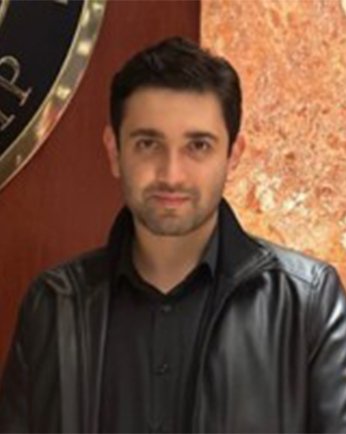
Graduate Student Researcher
Stony Brook University
Tsunami-induced Scour and Structural Response: Insights from Large-Scale Flume Experiments
Co-Authors: Ali Farhadzadeh (Stony Brook University), Ahmad Klait (University of New Hampshire), Majid Ghayoomi
(University of New Hampshire)
Abstract: The rapid expansion of critical infrastructure in coastal zones highlights the urgent need for a robust design methodology for tsunami-resistant structures. Structural failures during tsunami events are primarily caused by two factors: hydrodynamic forces and scour-related foundation failure, with extreme scour around foundations often being the leading cause of damage.
To better understand the impact of these forces and the resulting scour around foundations, a series of experiments were conducted at the O.H. Hinsdale Wave Research Laboratory at OSU, an NHERI facility. The experiments utilized a 1m×1m×2.6m square structure, embedded 0.5m into a sand pit with a thickness of 1.45m, followed by a 1:12 sloping concrete surface. The initial water level in the flume was 2m. Two wave conditions were examined: a solitary wave with a 1.3m height and 5-second duration, and a transient wave with a 0.4m height and 13-second duration. An array of sophisticated instruments was employed to measure water elevation, flow velocity, structural displacement, wave-induced pressure at various locations on the structure, and scour characteristics.
The experimental setup provides critical insights into the characteristics of scour under diverse tsunami conditions, with particular emphasis on the depth, width, and spatial distribution of scour, as well as the forces applied to the structure and the structural response to these hydrodynamic forces. This research advances the understanding of how tsunami-induced flow interacts with coastal structures and the surrounding soil.
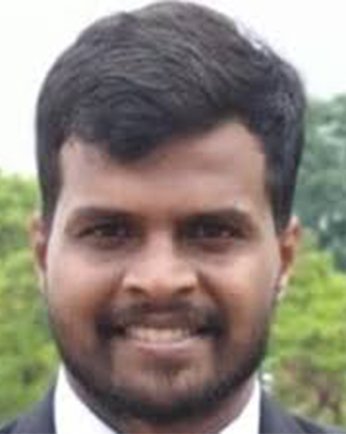
Graduate Student Researcher
Louisiana State University
Uncertainty Quantification in Tsunami-Driven Debris Damming at Elevated Coastal Structures Using Non-Deterministic Kriging
Co-Authors: Myung-Jin Koh (University of Hawai’i at Manoa), Kellen Doyle (Oregon State University), Sabarethinam Kameshwar (Louisiana State University), Hyoungsu Park (University of Hawai’i at Manoa), Daniel Cox (Oregon State University), and Pedro Lomonaco (Oregon State University)
Abstract: This study aims to identify uncertainties associated with debris damming at elevated coastal structures during overland tsunami flow events. The understanding of debris damming forces is relatively limited and the uncertainties in the tsunami-driven debris damming process are high mainly due to complicated interactions between debris, flow, and structures. An experimental study was designed to investigate the tsunami-driven debris damming mechanisms and loads on elevated coastal structures along with associated uncertainties. The experiments were performed in the Large Wave Flume at the O.H. Hinsdale Wave Research Laboratory at Oregon State University using tsunami-like incident waves. Trials were conducted considering various wave conditions, characteristics of the structure, debris type, initial debris volume, and debris placement. Debris damming properties at the structure, i.e.: debris damming volume and frontal area of damming were quantified for each trial. The uncertainty in these damming properties was quantified using the Non-Deterministic Kriging (NDK) method. Most significant parameters that affect damming properties were identified using ANOVA tests and employed as explanatory variables in the NDK model. Quantitative differences in the estimated uncertainties between different groups in the pre-identified parameters were statistically investigated. Initial findings revealed the significant parameters that affect the uncertainty in damming mechanisms such as relative debris size, column spacing of structure, and debris velocity. Furthermore, interactions between these parameters were also observed. The in-depth analysis of these relationships provides insights into debris-debris, debris-flow, and debris-structure interactions that lead to tsunami-driven debris damming. Further, these findings can be used for probabilistic tsunami risk assessments of coastal infrastructures.
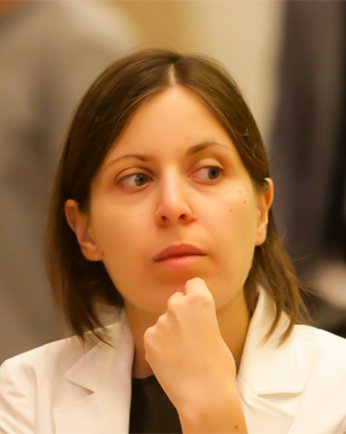
Associate Professor
University of L'Aquila
Machine learning for enhancing tsunami damage assessment in coastal areas: insights from the 2011 Great East Japan event
Co-Authors: Mario Di Bacco (University of Florence)
Abstract: Accurate assessment of tsunami-induced damage is crucial for effective disaster risk management. Traditional methods relying on univariate fragility functions often fail in capturing the complex interplay of factors influencing tsunami damage. To address such limitation, this study applies machine learning techniques to two extensive building and road damage datasets collected after the 2011 Great East Japan tsunami.
The original datasets, compiled by the Japanese Ministry of Land, Infrastructure and Transportation, include detailed damage information and ancillary data for over 250,000 impacted buildings and more than 4,000 km of inundated roads. These datasets have been enriched in this study with additional explanatory variables, such as hydraulic features of the event, structural and geometrical properties of the exposed assets, and characteristics of the surrounding environment. A buffer-based approach is employed to account for reciprocal interactions between structures, such as shielding effects of buildings that might mitigate water impact on adjacent structures, and the presence of collapsed buildings that may generate debris. Developed models integrate these factors to improve tsunami damage predictions and the results show that while inundation depth remains a critical predictor, other variables also play significant roles, with coastal topography and interactions among neighboring structures crucial for buildings, and wave approach angle, road orientation and potential overflow from inland watercourses for roads.
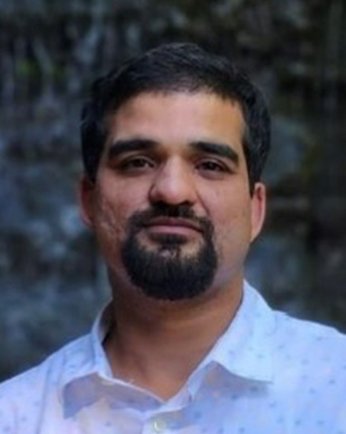
Graduate Student Researcher
Oregon State University
Parameterized Fragility Functions of Coastal Bridges due to Tsunami Induced Wave Loadings
Co-Authors: Farahnaz Soleimani (Oregon State University)
Abstract: From the last large seismically generated tsunamis in the Pacific Ocean, it has been observed that tsunamis have a high potential for destruction. Many research studies have focused on developing tsunami fragility functions based on quasi-static pressure distributions over the building and bridge components. However, these forces are induced as lateral static loadings while neglecting the dynamic nature of waves. This research study is focused on the time history analysis of box girder bridges to perform fragility analysis using wave acceleration time histories. Linear wave theory is used to generate wave-particle acceleration time histories using tsunami inundation depths randomly generated using Latin Hypercube sampling. These acceleration time histories are used to perform finite element analysis of box girder bridges to generate column ductility demand as an engineering demand parameter. Probabilistic tsunami demand models (PTDM’s) are plotted using logistic regression based on finite element analysis generated demand parameters and intensity measures. These models are then used to define fragility functions for different damage levels which are then plotted against wave acceleration to depict bridge components and system failures in case of tsunami dynamic wave loadings. This research study will focus on the more robust bridge failure in tsunami-prone areas.
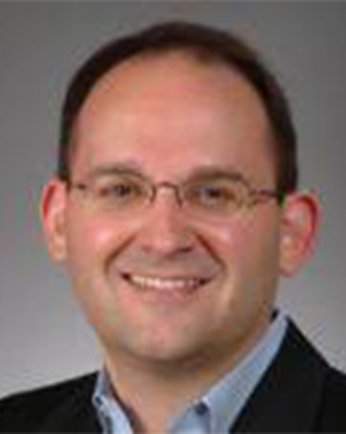
Professor
University of Southern California
WebGPU for Coastal Hazards: Making State-of-the-Art Available to All
Abstract: This presentation introduces a WebGPU-based implementation for solving the “enhanced Boussinesq” equations, enabling interactive and real-time visualization of coastal wave dynamics directly within a web browser. The Boussinesq model, known for its accuracy in describing weakly dispersive and nonlinear water waves, is computationally intensive, typically run on high-end workstations or cluster platforms. Leveraging WebGPU, a recently released graphics API for web applications, we achieve faster-than-realtime simulation with rendering on a web page. The system integrates multiple compute pipelines for time-stepping the governing equations, solving tridiagonal systems, managing boundary conditions, and visualizing results in real time. The framework dynamically allocates GPU resources, providing texture management for state variables, bathymetry, and auxiliary datasets. Users can interact with the simulation by modifying input parameters, uploading custom topography or initial conditions, adding various design components, and visualizing outcomes via a simple web interface. Preliminary results demonstrate the framework’s capability to simulate large-scale wave interactions with reasonable accuracy, achieving computational speeds comparable to traditional desktop implementations of the Celeris engine (e.g. in Unity3D). This work bridges the gap between wave modeling and accessibility, providing an open and free access platform for educational, research, and engineering applications.